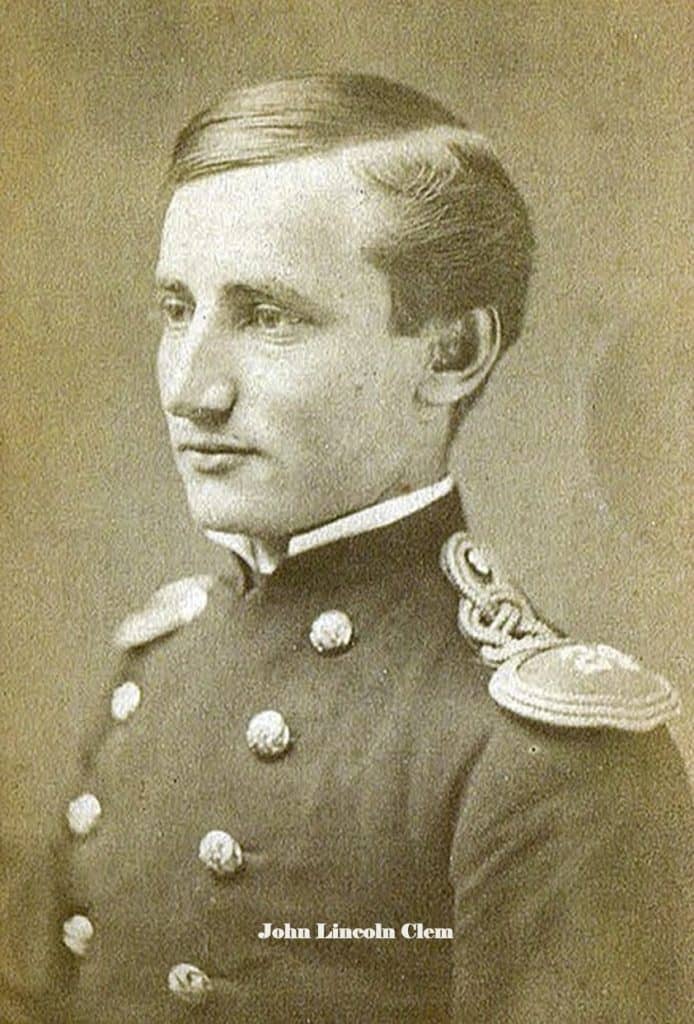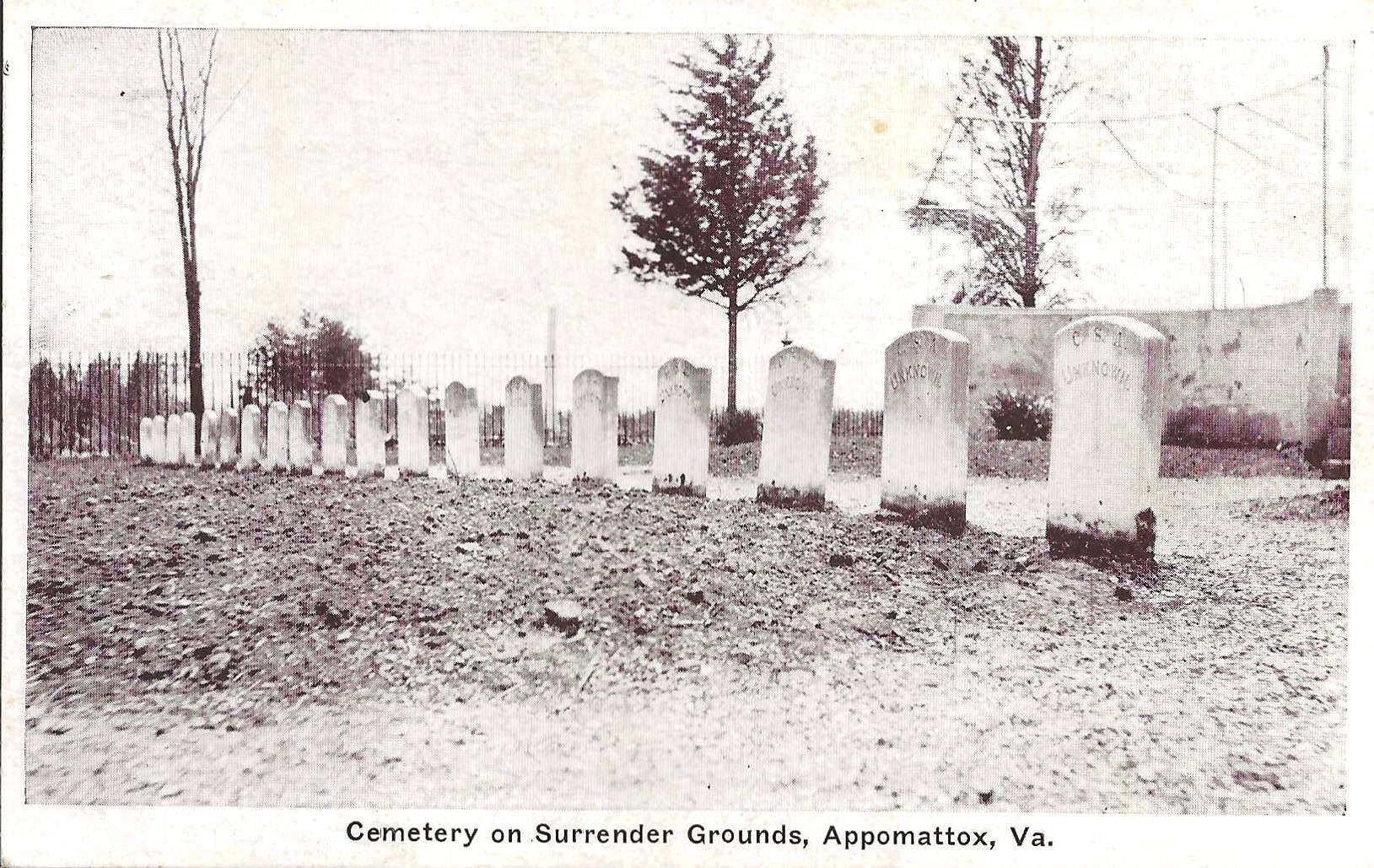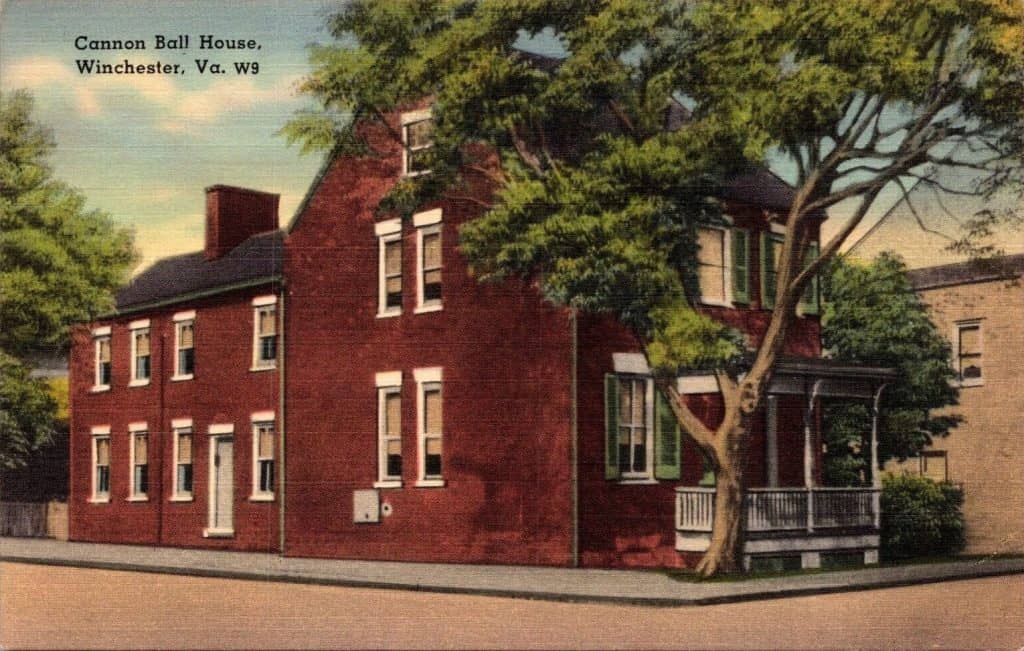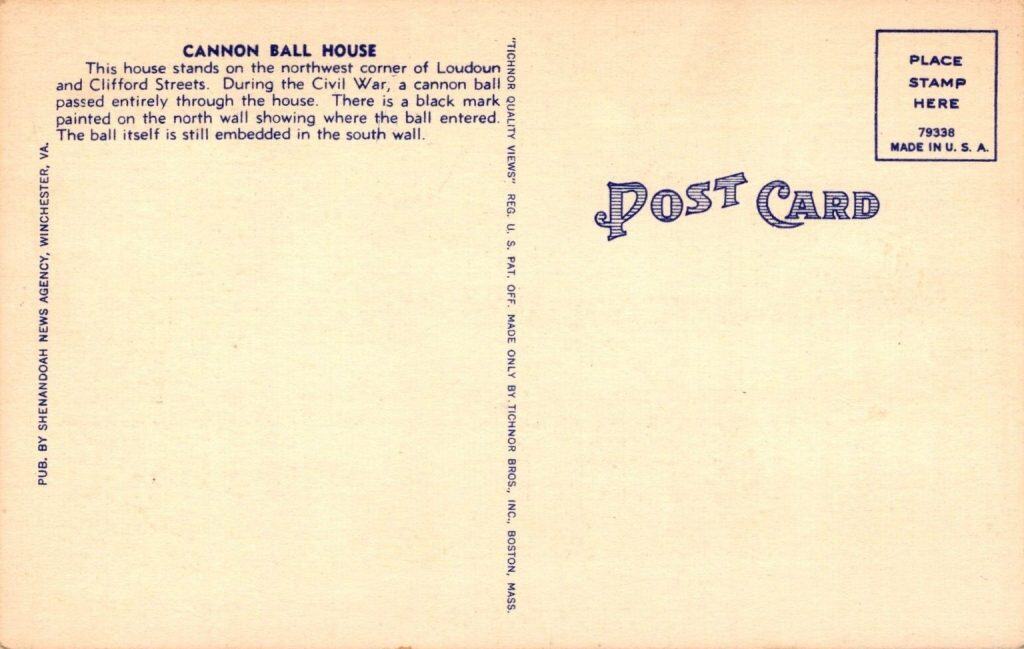It has been said that the history of the American Civil War will never be forgotten. It was a seminal event in our history which continues to generate interest among the very young, as it did among their parents, grandparents, and at least two generations before them.
The science of genealogy had a grand resurgence during the recent epidemic. People who were locked down at home did all manner of things to fill their time, not the least of which was cleaning closets or rediscovering the contents of boxes left in grandmother’s attic. And some of the rediscovered memories were old postcards. Here are three that tell some interesting stories.
A Soldier

When President Lincoln called for troops in May 1861 to serve in the Union Army, one of those who tried to answer was Ohio resident John Clem. He was 11 years old. His service was refused, but the boy was undeterred, and he later tried to join the 22nd Michigan Infantry. Johnny’s persistence won over the unit’s officers, and they agreed to allow him the privilege of following the regiment as a mascot and unofficial drummer boy. The officers also chipped in to pay his monthly salary of $13 before he finally was allowed to officially enlist in 1863.
Clem story found its way to the newspapers just days after he was armed with a sawed-off musket and joined the 22nd Michigan in the defense of Horseshoe Ridge. On the afternoon of September 20, as the enemy forces surrounded his unit, a Confederate colonel spotted Clem and called him “a damned little Yankee devil.”
Johnny was having none of that! Rather than surrender, Clem shot the colonel and successfully made his way back to Union lines. For bravery in battle, Clem was promoted to sergeant and instantly made history. He became the youngest soldier ever to become a noncommissioned officer in the U.S. Army.
In the months to follow, Clem saw action in three major battles and finally in Atlanta. He was wounded twice in Atlanta. His wounds required that he be discharge and he left the Army in 1864 at age 13.
John attempted to rejoin the military in 1870. Nominated to West Point by President Grant, Clem failed the entrance exam several times before Grant appointed him a second lieutenant in the U.S. Army. Clem enjoyed a successful second military career, rising to the rank of colonel and assistant quartermaster general by 1906. He retired on the eve of U.S. entry into World War I in 1915 with the rank of major general.
Clem served a total of 44 years and eleven months as an official U.S. Army soldier. He died in San Antonio, Texas on May 13, 1937, and is buried in Arlington National Cemetery.
A Cemetery
On April 8th and 9th, 1865, Union and Confederate forces fought the Battle of Appomattox Station and the Battle of Appomattox Court House in Virginia. These two battles were the last ever for the Army of Northern Virginia under the command of General Robert E. Lee.
A small Confederate cemetery at Appomattox National Historical Park contains the graves of eighteen Confederate soldiers who died in these battles, the last men to give their lives in combat. Also interred there is a single Union soldier who was found buried in an unmarked grave some years after the war.
All but seven of the soldiers buried at the Appomattox Confederate Cemetery remain unknown to this day. Among those who have been identified are three from Virginia, one from Louisiana, two from Georgia, and one is Private Jesse H. Hutchins from Company G, Fifth Alabama Infantry. His story is particularly telling. Hutchins enlisted in Alabama only five days after Confederate troops fired on Fort Sumter. Those shots started the war that would last for four years. His infantry regiment was mustered into Confederate service in May 1861 and initially served at Pensacola under General Braxton Bragg.
After being sent to Virginia, the 5th Alabama took part in the Battles of Seven Pines, Gaines Mill, Malvern Hill, Second Manassas, Antietam, Chancellorsville, Gettysburg, the Wilderness, Spotsylvania, Cold Harbor, Winchester, and Petersburg. Having survived so much, Jesse Hutchins died at Appomattox Court House just hours before General Lee surrendered his army to General Ulysses S. Grant.
Hutchins and the others now buried at Confederate Cemetery, Appomattox, were first interred elsewhere. In 1866, however, their remains were gathered from resting places around Appomattox Court House and brought here by the Ladies Memorial Association of Appomattox.
The Union dead from the battles at Appomattox were later exhumed and taken to Poplar Grove National Cemetery near Petersburg, Virginia.
The Cannon Ball that Hit the Baker House
The locals refer to this brick home at the corner of Loudoun and Clifford Streets in Winchester, Virginia, as the Baker House, but others call it the “Cannon Ball House.”
Attention readers: please, make me a promise that you will not take this postcard image and head to Virginia to find it and see for yourself. The building is still there, but the porch has been removed, an addition as been added, and several windows have been reconfigured. The basic footprint is the same, which can be verified by the chimney locations, but the structure has been painted a sand color and has no resemblance to a colonial home.
The house was built in 1846 on land owned by the Baker family since 1815. The family had no control of the situation but when Union and Confederate forces came face-to-face during the third battle of Winchester, they were in the middle on that September day in 1864.
As legend tells the story, it was near the end of the day, a cannon ball passed through the north wall and became wedged in the south wall, where it remained at least until this postcard was published at the end of the 1930s.


Awesome History! Love the information here on the website.
Thanks for a very interesting and educational article. It is amazing how much history is still untold about the Civil War! The story of John Clem was especially fascinating.
I’m a postcard history.net “virgin” – just joined this morning, and……..ABSOLUTELY LOVE IT !!!! Especially about John Clem. Would love to know how to contribute, either $$$ support, or writing an article. THANK YOU !!!
Great story / history about John Clem. I learn so much from your site and old postcards in general. Thank you for these great articles.
I find it interesting that John Clem was given the middle name “Lincoln” and later served under Commander-in-Chief Abraham Lincoln.